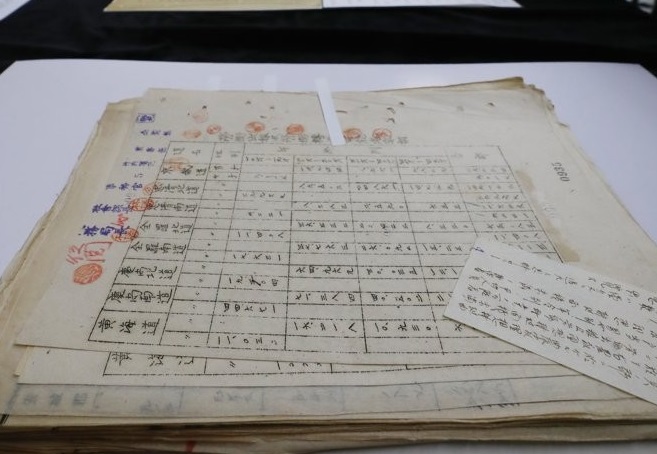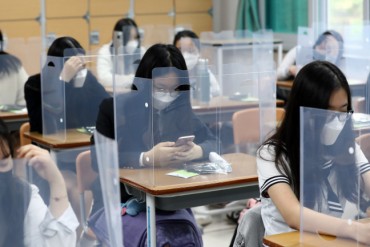
This image, released by the National Archives of Korea on Oct. 31, 2019, shows an official document that the Japanese Government General of Korea sent to provinces in March through September of 1940. In the document, the Japanese authorities instructed governors to implement a study on the usable labor resources across the Korean Peninsula. (Yonhap)
SEOUL, Nov. 1 (Korea Bizwire) — Japan implemented research on the extent of Korean labor resources on the Korean Peninsula that could be forcibly taken overseas during World War II as part of its war efforts, according to documents released by the National Archives of Korea on Thursday.
The Japanese Government General of Korea sent an official document to provinces in March through September of 1940 that instructed them to implement a study on the usable labor resources across the peninsula.
Korea was under Japan’s colonial rule from 1910-45.
The original documents released by the archives also include the results of the study.
According to the official document, the study called for governors of provinces to find out the number of people in rural areas who wanted to make money in other areas or land a job other than farming work as of March 1940.
The study was aimed at contributing to Japan’s measures to provide wartime labor forces by finding out where and how much surplus labor was available on the peninsula, according to the documents.
A total of 263,081 people comprising 242,314 men and 20,767 women wished to quit farming and leave their homes in search of work, making up 22.7 percent of the 1,160,177 people whom it was deemed could be mobilized for Japan’s wartime labor needs.
Only 26.1 percent of the men and 8.9 percent of the women on the list of surplus labor opted for a job, transferring out of farming.
Subject to the study were men aged 20 through 45 and women aged 12 through 19.
The 1,160,177 people who were thought to be candidates for mobilization represented about 10 percent of the entire population excluding children, the elderly and women aged 20 or older.
The number of Koreans under Japan’s plan to mobilize labor resources from Korea was tallied at more than 250,000 in the 1939-41 period and increased to 714,800 in the 1939-44 period.
The National Archives said that the results of the labor resources study go to show that the mobilization of Koreans in colonial days was done in a forceful way and that plans were carefully drawn up.
Thursday’s revelation of the documents came one year after South Korean Supreme Court rulings that ordered Japanese firms to compensate victims of forced labor during Japan’s colonization of the Korean Peninsula.
On Oct. 30 last year, the Supreme Court here upheld a 2013 appeals court ruling ordering Japanese steelmaker Nippon Steel Corp. — formerly Nippon Steel & Sumitomo Metal Corp. — to pay 100 million won (US$85,646) each to four South Koreans for wartime forced labor and unpaid work.
(Yonhap)






